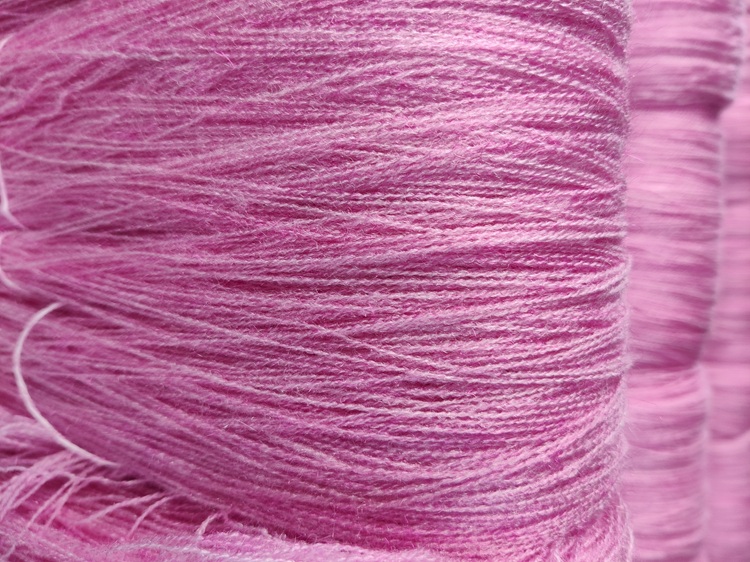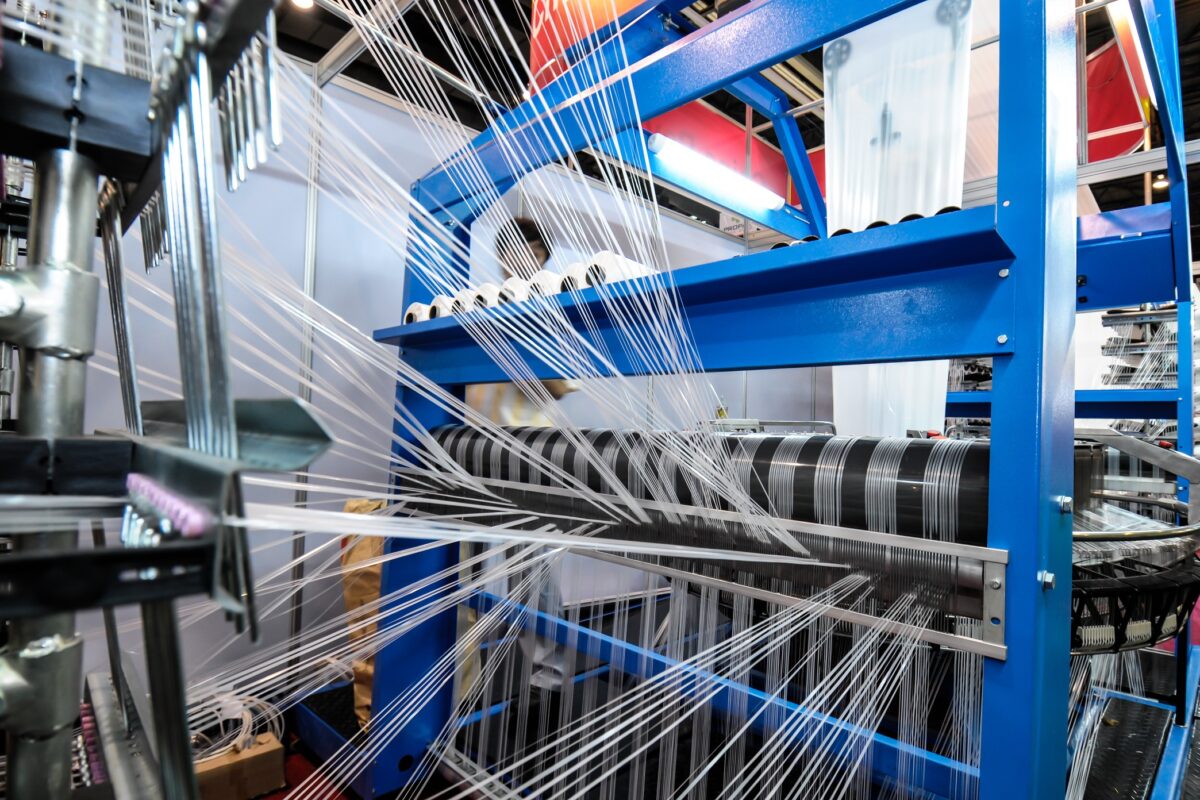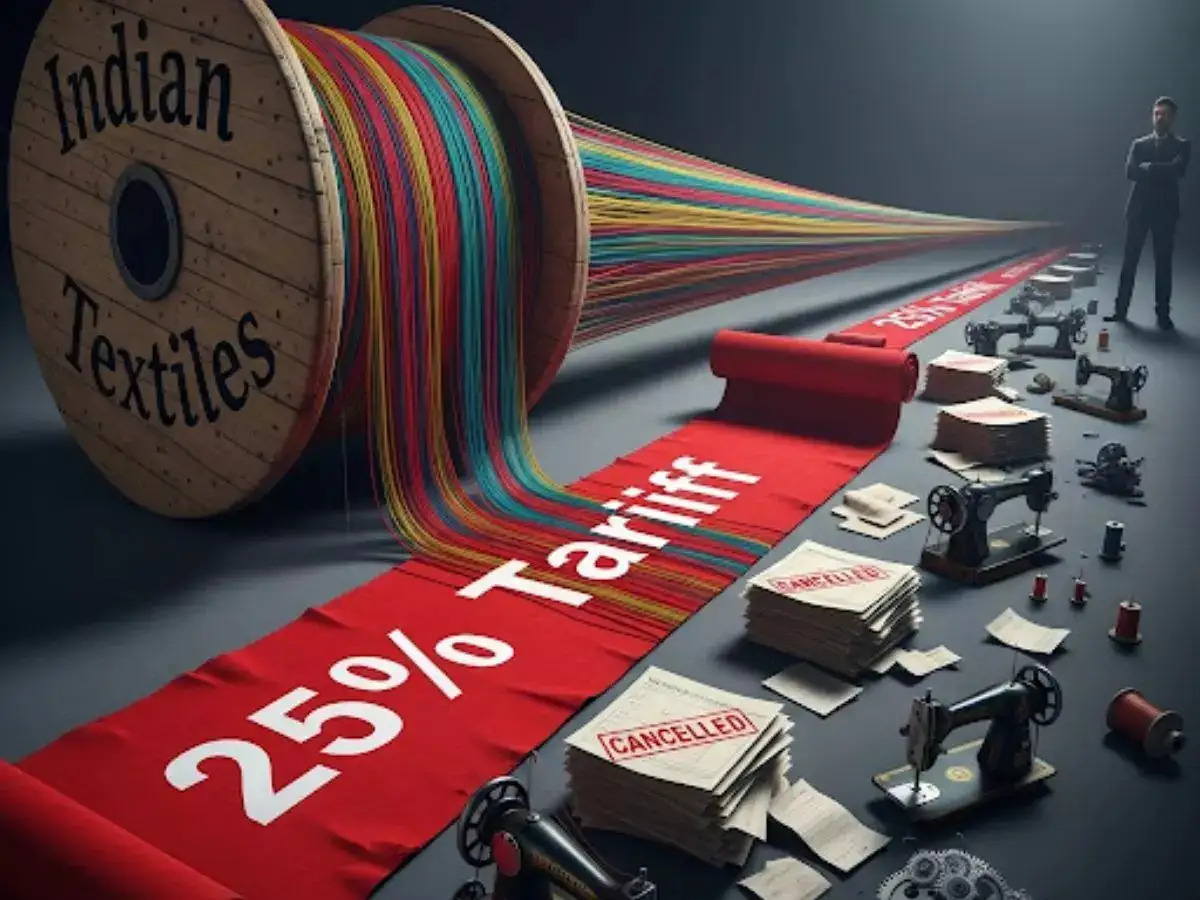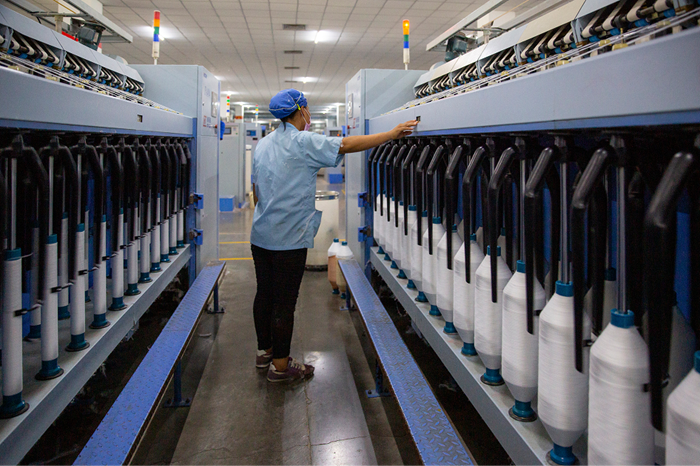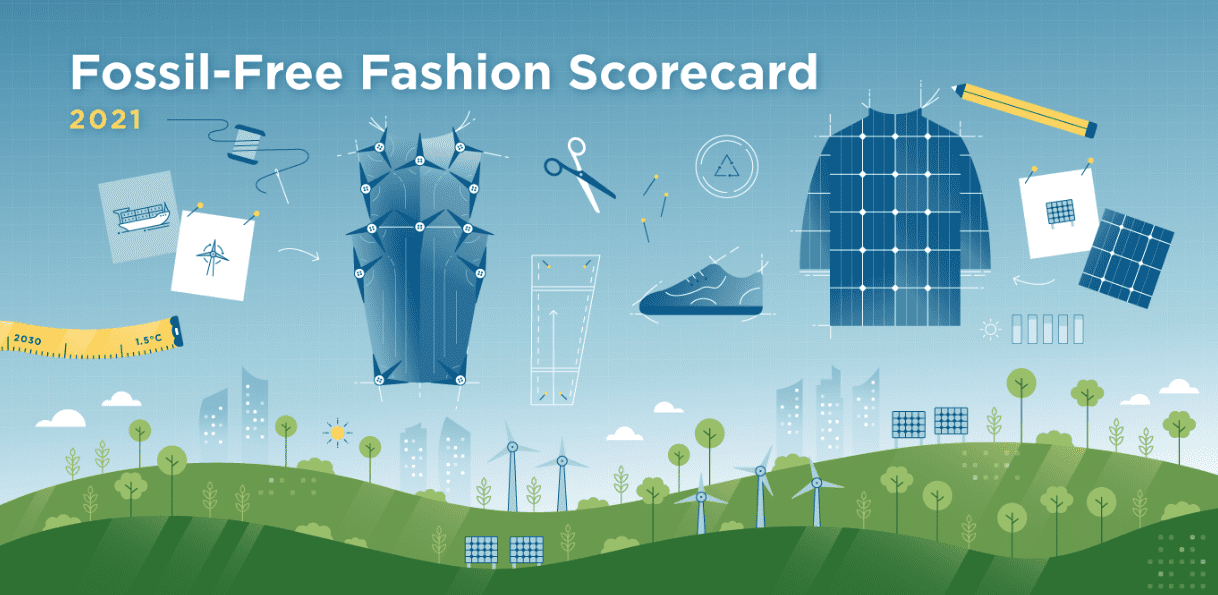
For over a decade, Lululemon Athletica embodied everything the premium athleisure revolution stood for technical mastery, community-driven branding, and an almost cult-like customer following. Its rise was clean and uninterrupted, a masterclass in premium positioning. But 2025 has delivered an uncomfortable reality check. The brand that once defined the category is now battling a simultaneous slowdown in its core North American market and mounting pressure to reinvent its product engine without losing the premium halo that made it a global phenomenon.
The company is not in crisis. Far from it, internationally, Lululemon remains a juggernaut nowhere more so than China. Its balance sheet is strong, margins remain healthy, and its store network is expanding. Yet beneath the surface, the brand is confronting an important truth: the machine that propelled years of hyper-growth is no longer self-sustaining in North America. Shoppers are fatigued. Competitors are hungrier. And product cycles that once felt timeless now read as repetitive. This is Lululemon’s first real inflection point.
North America stalls as tariffs bite
For a company that earns more than two-thirds of its revenue in North America, the latest quarterly numbers land like a warning shot. In Q2 FY2025, total net revenue grew 7 per cent but only because the international business carried the weight. In its home market, growth is almost at a standstill.
Table Lululemon Q2 FY2025 performance
Q2 Fiscal 2025 Result Implication Total Net Revenue Growth +7% (to $2.5 billion) Overall growth is slowing but still positive, buoyed by international. North America Revenue Growth +1% Near-stalled growth in the core market. North America Comparable Sales -4% (Decline) Direct evidence of falling demand and customer fatigue. International Net Revenue Growth +22% Primary engine for achieving the 'Power of Three x2' strategy. China Comparable Sales +17% Highlighted as a key high-growth market. Full-Year Revenue Guidance Revision From $11.15B-$11.30B to $10.85B-$11.00B Reflects lower expectations due to U.S. softness and tariff costs.
The table paints a stark divergence: while China grows at double digits and new global markets accelerate, the US is posting its weakest performance since the mid-2010s. Compounding the slowdown is an unexpected cost shock. With the removal of the de minimis exemption on imports, Lululemon now faces meaningful reciprocal tariff impacts. CEO Calvin McDonald has quantified this at 220 basis points of gross margin erosion, or $240 million in fiscal 2025 alone. The stock market delivered its own verdict: Lululemon shares are down over 50 per cent YTD as of October 2025, its sharpest sell-off since going public.
How predictability became a liability
For years, Lululemon’s formula worked beautifully: timeless silhouettes, high fabric quality, and periodic introductions of new colors or capsule collections. But the consumer is changing and so are competitors. Lululemon’s predictable playbook, once a strength, now feels stale to many long-term customers. CEO Calvin McDonald has admitted that the brand’s lounge and social categories 40 per cent of the total mix “became too predictable.” The symptoms were visible to anyone watching the brand closely:
Stale offerings: Core categories remained dominated by repeated silhouettes and a limited color palette, making once-beloved staples feel unexciting.
Slow trend response: While smaller brands like Alo and Vuori were sprinting to claim emerging microtrends, Lululemon lagged behind. The pickleball boom, the explosion in women’s golf apparel, and the rise of aesthetic-driven loungewear all delivered opportunities that Lululemon failed to seize quickly.
Quality question marks: Loyalists on Reddit forums and social media have complained about discontinued fabrics, thinning leggings, inconsistent sizing, and a perceptible shift away from performance-first design. For a brand built on technical precision, even perception issues can be damaging.
Fewer store visits, higher prices, more dupes
Store-level data points make the slowdown sharper. Customer traffic in US stores is down 8.5 per cent YoY, a clear reflection of waning product excitement. And in a high-inflation environment, Lululemon’s $98-$128 leggings are increasingly competing with $25 dupes on Amazon, TikTok, and big-box retailers.
Competitors today span every price tier. For example, Vuori dominates softness and versatility. Alo owns the social-media aesthetic. Athleta pushes performance credibility. Zara and Gymshark outpace Lulu in speed-to-trend. The premium athleisure category Lululemon once built is now swarming with challengers.
A crowded arena of giants and specialists
To understand Lululemon’s present-day threat matrix, it’s important to examine the competing brands grouped by type.
Table: Major competitors
Competitor Type Brands Core Focus/Edge Against Lululemon Global Sportswear Leaders Nike, Adidas, Under Armour, Puma Scale and Brand Recognition: Massive global market share, superior distribution networks, and a performance-first heritage. They can offer a wider range of technical products and cross-category penetration (e.g., footwear, major sports). Premium Athleisure & Lifestyle Alo Yoga, Vuori, Athleta (Gap Inc.), Sweaty Betty Specialized Niche & Design: Brands like Vuori have surged with a focus on versatile, incredibly soft, "everyday" athleisure that mimics the comfort of Lululemon's core fabrics. Alo Yoga capitalizes heavily on a stylish, celebrity-driven, social media-friendly aesthetic. Athleta offers a strong high-quality alternative, backed by Gap's scale. Value & Fast-Fashion Fabletics, Gymshark, Zara, Private Labels (e.g., Costco) Price and Speed: Offer similar aesthetics and often "dupes" of popular styles at significantly lower price points (e.g., Fabletics' subscription model). They can respond more quickly to fleeting social media trends.
Despite the challenges, Lululemon maintains a strong competitive position built on four core pillars.
1. Premium brand loyalty and pricing power: Lululemon has fostered a quasi-cult following and a strong community connection (e.g., through in-store yoga classes, brand ambassadors). This high brand affinity allows it to command premium prices that competitors often struggle to match without losing credibility.
2. Superior material innovation (the science of feel): The brand is renowned for its proprietary, high-quality technical fabrics (Luon, Nulu, Luxtreme), which provide a superior fit, comfort, and performance that is difficult for competitors to replicate consistently, thus justifying the premium price.
3. Direct-to-consumer (DTC) model: With over 780 company-operated stores and a strong e-commerce platform, Lululemon maintains full control over pricing, inventory, and the customer experience, reducing reliance on third-party retailers and protecting its premium image.
4. International growth engine: The successful execution of its ‘Power of Three x2’ strategy, aiming to quadruple international revenue by 2026, has made its global segment (led by China) a vital growth counterbalance to the sluggish North American market.
Lululemon’s most important gamble in a decade
Leadership knows the brand must change. And fast. The company has initiated the most sweeping overhaul of its creative and product strategy since the early 2010s. The centerpiece of this revival is Global Creative Director Jonathan Cheung, whose appointment signals a shift toward faster, more expressive, more fashion-forward design.
The new product mandate is to increase new style penetration from 23 to 35 per cent by Spring 2026; launch new sub-lines like Loungeful and Big Cozy; integrate AI-led design tools to speed trend recognition and prototyping; expand into more lifestyle-driven categories without diluting performance DNA. If this works, Lululemon can reignite the North American business and reclaim leadership in premium athleisure. If it doesn’t, the brand risks confusing loyal customers while failing to win over new ones. Analysts widely agree, the 2026 product reset will determine the next decade of Lululemon’s growth path.



